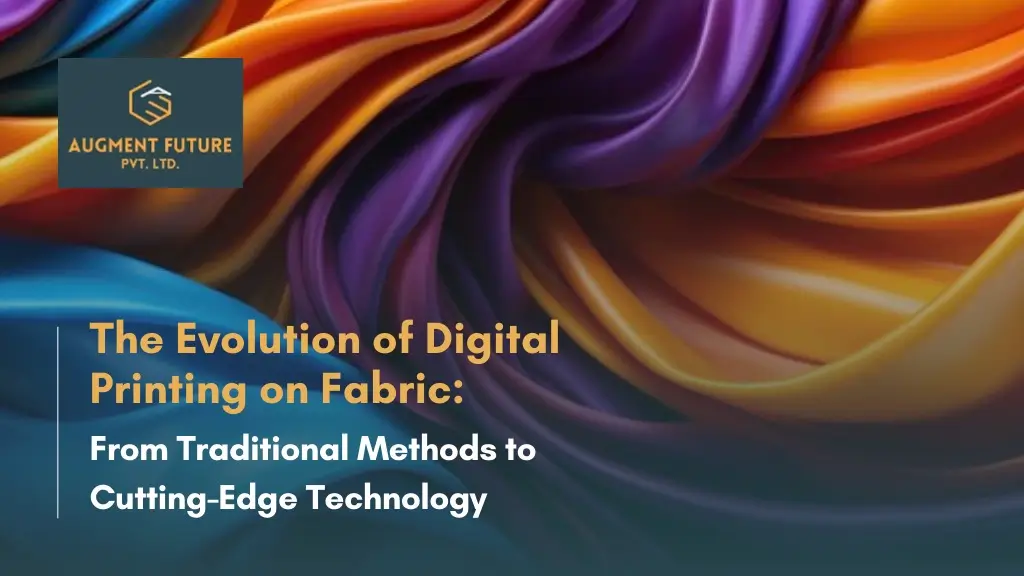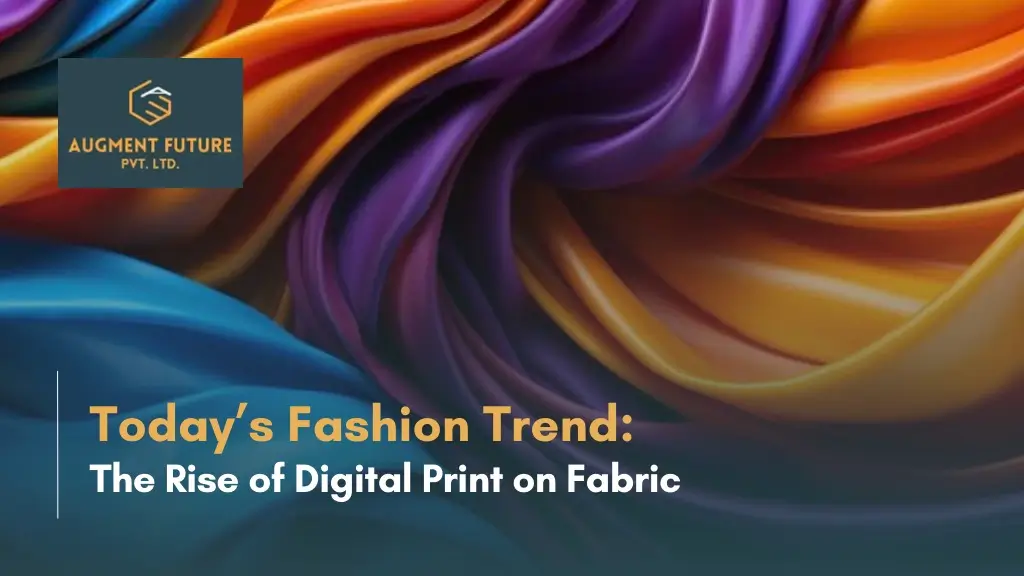Introduction
The art of digital printing on fabric has undergone a remarkable transformation over the centuries. From ancient block printing to modern digital techniques, this journey reflects the ever-growing intersection of technology, creativity, and sustainability. Digital fabric printing has emerged as a game-changer, offering unprecedented flexibility and efficiency. This article traces the evolution from traditional methods to state-of-the-art technologies, providing insight into how digital printing is reshaping fashion and textile industries.
The Origins of Fabric Printing
Early Block Printing Techniques
Printing on textiles can be traced back to ancient civilizations, with block printing originating in China and India. This method involved stamping carved wooden blocks dipped in dye onto fabric, creating intricate designs by hand.
Introduction of Screen Printing
As industries modernized, screen printing became the standard for fabric printing. Using stencils and mesh screens, this technique allowed for more complex patterns and faster production, though it still required significant manual labor.
Limitations of Traditional Fabric Printing Methods
Complexity of Setup and Labor-Intensive Processes
Traditional methods such as screen printing demanded time-consuming setups, with separate screens needed for each color. Large production runs were necessary to justify costs, limiting design flexibility.
Environmental Impact and Waste Generation
The use of chemicals, water-intensive processes, and excess dyes in traditional printing led to significant waste generation, posing environmental challenges.
The Shift Toward Digital Printing
Emergence of Inkjet Technology in Textiles
The advent of inkjet printing revolutionized fabric printing by eliminating the need for screens and enabling direct-to-textile printing. This digital transformation offered a practical solution for creating intricate, multi-colored designs quickly.
Advantages Over Traditional Techniques
Digital printing allows for on-demand production, making small print runs feasible and reducing overproduction. It also supports personalized and limited-edition collections, catering to evolving consumer preferences.
How Digital Printing on Fabric Works
Inkjet Printers and Specialized Inks
Digital printing involves transferring digital designs onto fabric using inkjet printers. These printers use water-based or eco-friendly inks to ensure color precision and minimal environmental impact.
Direct-to-Fabric and Sublimation Printing Methods
In direct-to-fabric printing, ink is applied directly to textiles, while sublimation printing uses heat to transfer designs onto polyester-based fabrics, resulting in vibrant and durable prints.
Technological Innovations Shaping Digital Printing
Use of AI and Data-Driven Design Tools
The integration of AI-powered tools allows designers to create customized patterns and automate workflows, enhancing creative freedom. Data-driven insights help predict market trends and optimize designs.
High-Resolution Printing and Eco-Friendly Inks
High-resolution printers produce photorealistic prints, enabling designers to experiment with intricate details. The development of eco-friendly inks further aligns with sustainable fashion practices.
Applications of Digital Fabric Printing in Fashion and Beyond
Custom Apparel and Accessories
Digital printing is widely used for custom clothing and accessories, enabling brands to offer personalized products that resonate with individual preferences.
Home Textiles, Decor, and Product Packaging
Beyond fashion, digital printing extends to home textiles like cushions and curtains, as well as product packaging, adding aesthetic value to functional items.
Benefits and Challenges of Digital Fabric Printing
Sustainability and Reduced Waste
Digital printing minimizes water usage and excess material waste, making it a sustainable alternative to traditional techniques. It supports eco-conscious practices by enabling on-demand production.
Addressing Production Limitations and Costs
While digital printing offers many benefits, high initial costs for advanced printers and color consistency issues across different fabrics remain challenges.
The Future of Digital Printing on Fabric
Hybrid Printing Models
As hybrid printing systems emerge, combining digital and traditional methods, the industry will benefit from the strengths of both technologies, enhancing efficiency and creativity.
Role of Automation and Augmented Reality
Automation in production and augmented reality (AR) in design visualization will further enhance the digital printing process, improving speed and accuracy while enhancing consumer experience.
Conclusion
The evolution of digital printing on fabric marks a pivotal moment in the history of textile production. With its combination of precision, sustainability, and creative freedom, digital printing has become essential for modern fashion and beyond. As new technologies like AI-driven tools and AR visualization gain traction, the future of fabric printing promises even greater innovation. This shift from manual methods to cutting-edge solutions not only meets market demands but also reflects the industry’s commitment to a more sustainable, personalized future.


